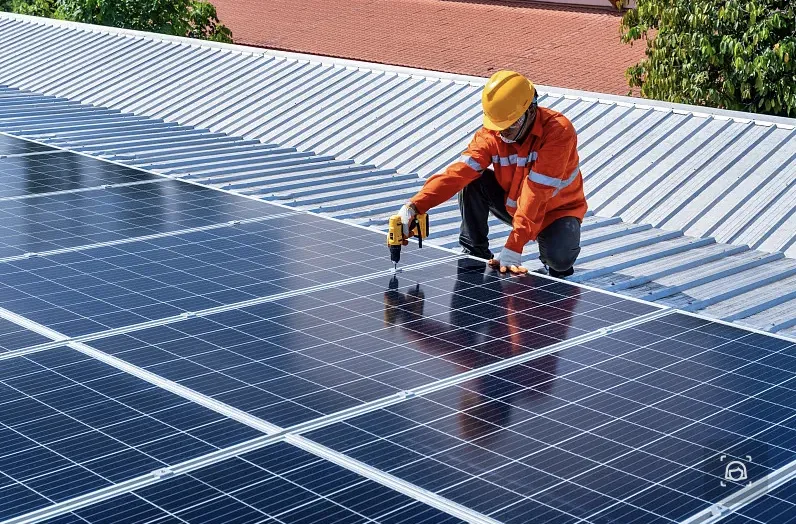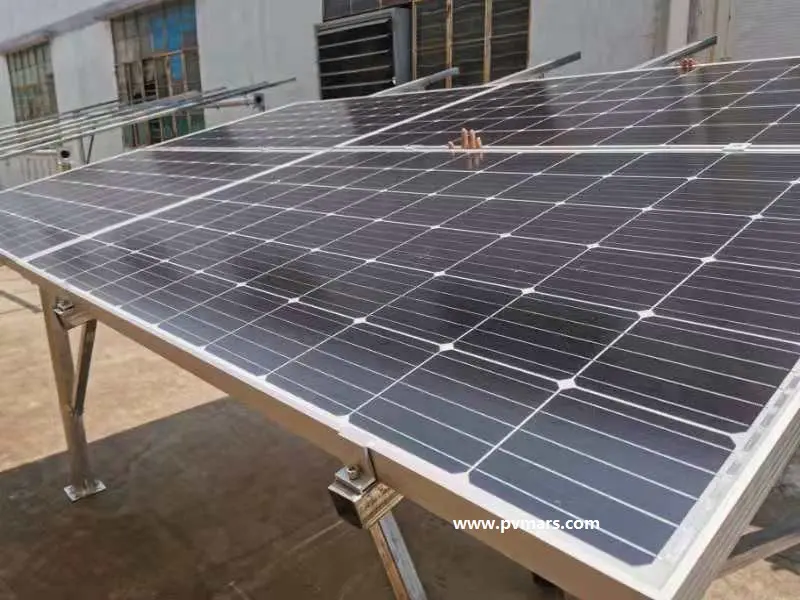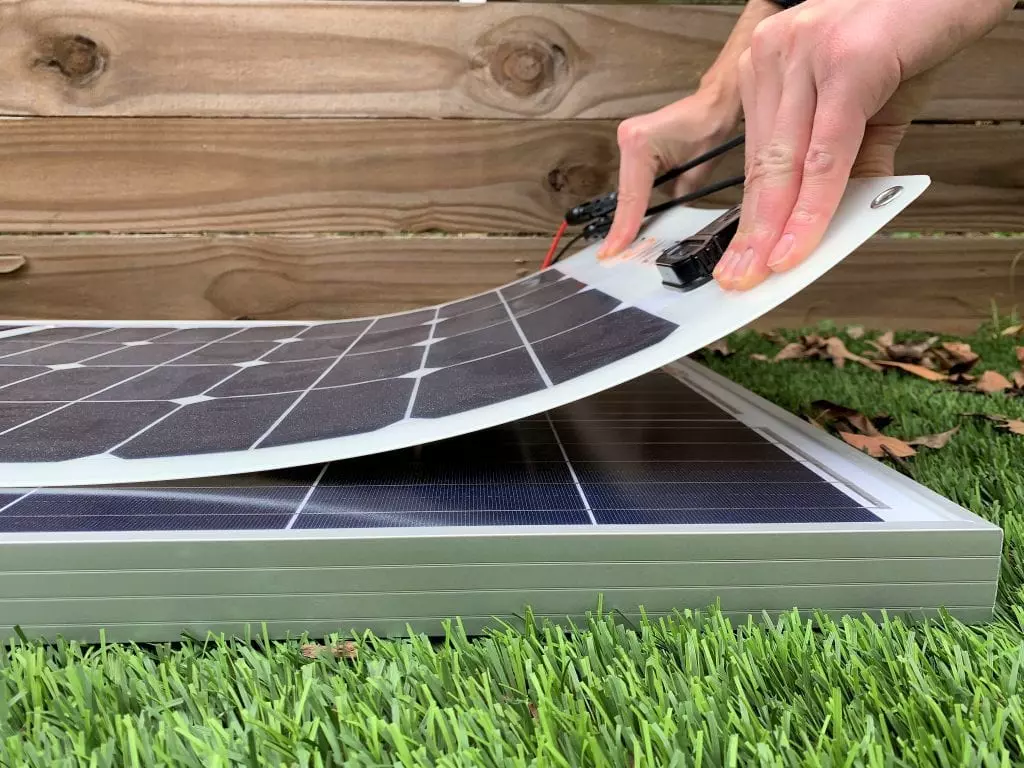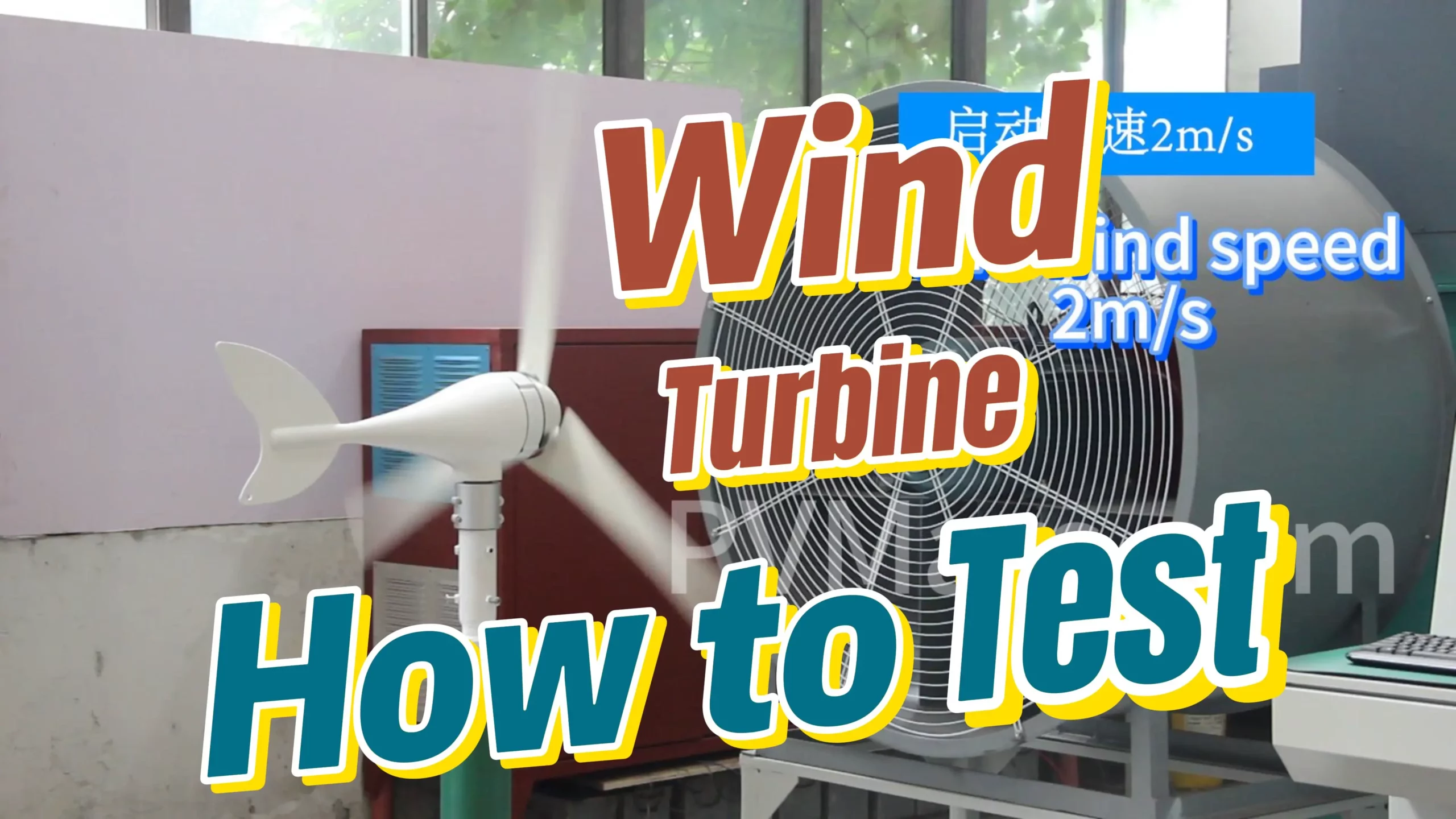Sure, do you know? In the electricity store system, there are various types of lithium batteries, and not all lithium batteries are suitable for solar charging.
Read this blog and it will tell you what kind of Lithium batteries can be charged by solar panels, the applications of different types of Li-Ion batteries, and the reasons why your Li-Ion batteries will not charge.

Electricity store: Is there any danger to a lithium battery?
Batteries are combustible objects, belonging to the ninth category of dangerous goods for international transportation. If you choose a poor-quality battery, it may explode during use.
This is because the battery is not well sealed or the temperature is not adjusted. This causes the internal lithium ions to react with oxygen in the air or thermal runaway.
Flammable gas is produced, and if there is a current flowing through it at this time (such as charging), destructive events will occur, which will damage your life and property safety.
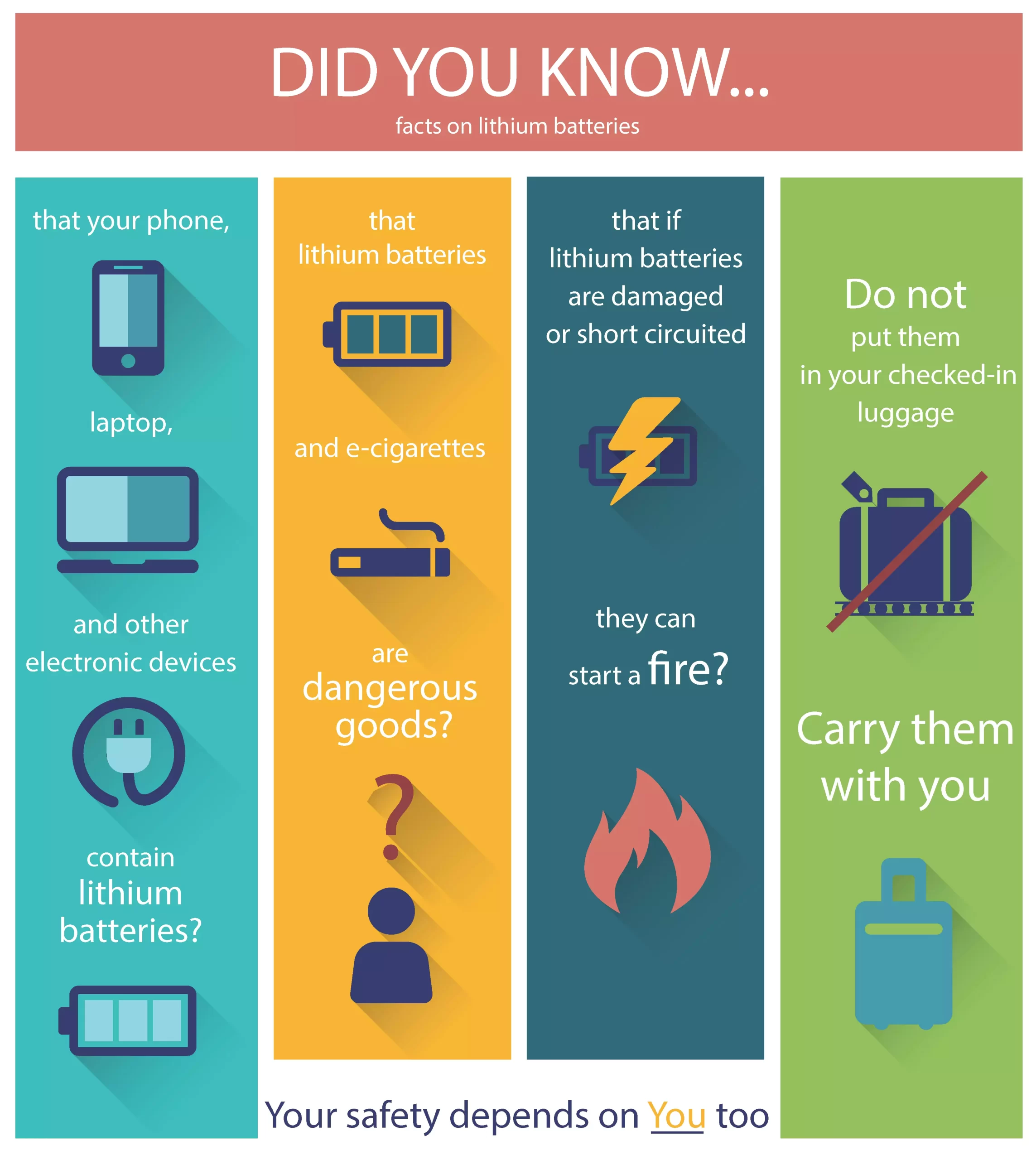
PVMars has focused on energy storage technology for 16 years. For lithium batteries, the production process needs to be extremely rigorous and safe.
If we are not careful, our production workshop will be reduced to ashes.
Here, PVMars summarizes and classifies 10 major problems encountered in lithium battery production. You can click on the orange font to jump to the relevant page for more information.
Having said that, do all lithium batteries have this problem? Is there a lithium battery option that offers a good level of safety performance?
— First of all, we need to understand the diversity of lithium batteries, and the correct application range, that can improve lithium battery safety and efficiency.
Electricity store: the application range of various lithium batteries types
Lithium Cobalt Oxide (LCO): This is the most common Li-ion battery type. It has a high energy density and can store 2000mAh-4000mAh in its small body.
But the lifetime is also relatively short and prone to thermal runaway. More suitable for applications in mobile phones, laptops, charging devices, and other scenarios.
It is not suitable for solar energy storage systems that require long-term use (at least 10 years).
Lithium Manganese Oxide (LMO): This type of battery has a longer life than LCO batteries and is less prone to thermal runaway. Because the material itself is unstable, it needs to be mixed with other materials.
Manganese is one of them, and manganese is widely available and inexpensive. However, it also leads to a relatively low energy storage density and multiple charging requirements.
For solar systems, which rely on the conversion of heat from the sun during the day into electricity, batteries that cannot store electricity for long periods of time can lead to problems such as an unstable power supply.
Therefore, this type of battery with a relatively high safety factor is more suitable for trams, electric tools, notebook computers, mobile phones, etc.
Lithium Nickel Manganese Cobalt Oxide (NMC): This type of battery is a relatively recently developed development that combines the advantages of LCO and LMO batteries. It’s high energy density and long lifetime make it an ideal choice for electric vehicles and other applications where long-term performance is critical.
However, because it is the latest type of lithium battery, the cost is relatively high.
For a complete set of solar energy storage systems, more money will be spent. PVMars recommends LFP batteries, which are more cost-effective.
Lithium Iron Phosphate (LFP): This type of battery is known for its safety and long life. It has a lower energy density than NMC. But it is still a viable choice for solar systems where safety is critical.
Lithium titanate (LTO): This type of battery has a very high discharge rate, making it a good choice for electric vehicles and solar-wind power generation systems that require new energy. It also has a long life and is very resistant to abuse.
But because titanium is a rare and expensive metal, LFP batteries use cheaper iron as the cathode material. On the market, lithium titanate batteries are usually 2-3 times more expensive than LFP batteries.
If you are pursuing a high-performance power experience, you can choose this type of battery, but you also need to pay the high cost of this type of battery.
Lithium nickel cobalt aluminum oxide (NCA): It has another familiar name: ternary lithium battery. This type of battery has a higher energy density than LCO batteries and is an excellent choice for weight-conscious applications. However, it is also more prone to thermal runaway.
Lithium Polymer Battery: A polymer electrolyte is a solid electrolyte that is safer and more durable than traditional liquid electrolytes. Lithium polymer batteries are also lighter, thinner, and more flexible than traditional liquid electrolyte batteries.
But it cannot be used as a lithium battery with higher capacity. It is not suitable for electric vehicles, solar home systems, or commercial energy storage systems to charge it. More suitable for solar street lamps, such as small renewable energy products.
Electricity store: Do all lithium batteries need a special charger?
You may already know from the above knowledge points that lithium batteries such as NMC, LFP, and LTO are more suitable for solar energy to charge.
So which part of the system acts as a charger?
The solar controller configured in the solar system will control the electric energy generated by photovoltaics within the range of 2.5v-4.5v to ensure that the lithium battery is fully charged.
The inverter in the solar system ensures the discharge times and service life of the lithium battery within the specified output voltage range.
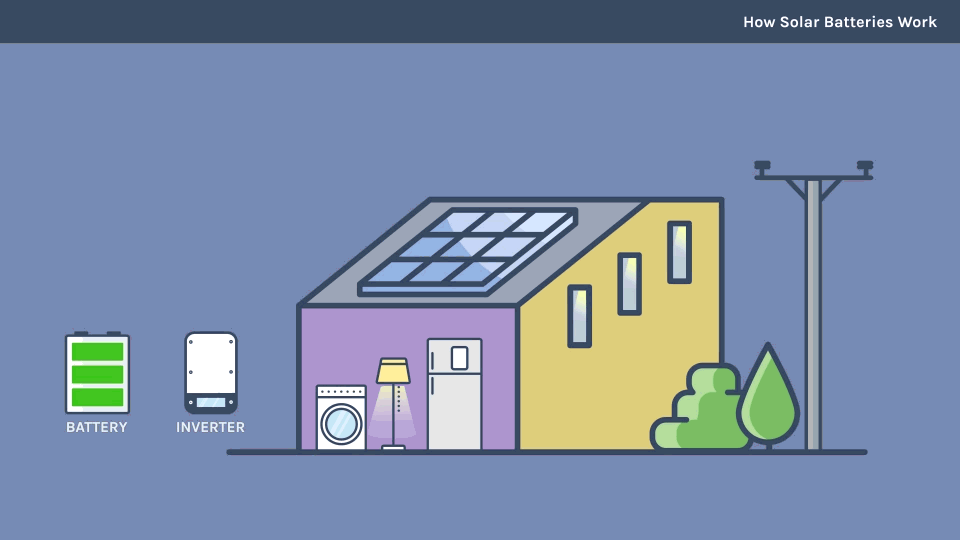
If you don’t use solar panel electricity to charge your lithium battery, you can consider only using a hybrid inverter (that is, a machine with a controller and an inverter integrated).
Then you can fill your lithium battery using mains power, diesel/gasoline generators, wind turbines, etc.
If it is a lithium battery with a small capacity, you can find a small charger that matches it.
It should be noted that this type of charger is different from the charger (hybrid inverter). Used by the aforementioned large-scale power generation in terms of appearance and functional diversity.
Electricity store: Why can't I charge lithium-ion batteries?
There are 5 possible factors.
The first is that your lithium battery may malfunction, and you need a multimeter or other tools to detect it. If the battery is dropped, crushed, or otherwise damaged, it may not charge properly. In this situation, you will need to replace that old battery.
Second, the battery is in deep discharge mode. If the battery is completely drained, it may enter into deep discharge mode. In this mode, the battery will only charge after exposure to a high voltage.
You can charge the battery with mains electricity. Because the mains electricity voltage is generally higher than that of other generating bodies.
The third is that the temperature is too high(50℃) or too low. Lithium-ion batteries should be charged in a cool environment.
If the temperature is too high, the battery may not charge properly. If the temperature is too low(- 60℃), the battery may not start.
If you’ve tried all of these methods and your Li-Ion battery still won’t charge, it’s probably time to replace the battery.
Fourth, the battery is old. A typical lithium-ion battery has a lifespan of about 3-6 years, so if your battery is older than that, it may not hold the charge it used to.
The LFP battery used in PVMars has a service life of 8-10 years.
Fifth, the charger’s charging voltage and the charging termination voltage are not suitable. For example, in a solar system, a single 3.2V LFP battery,
The maximum charging voltage is 3.65v,
Termination voltage: 2.5-2.8V
Example:
96V is 30 sections of 3.2V lithium iron phosphate batteries connected in series
Rated voltage: 96V (3.2*30).
Maximum charging voltage: 109.5V (3.65*30).
Termination voltage: 75V (2.5*30) – 84V (2.8*30)
Then the solar controller and inverter must be strictly between 75V-109.5V, if lower than or exceed this limit.
That results in deep discharge and recharge of lithium batteries. Loss of battery lifespan.
Sixth, it has not been used for more than 6 months, or even a year, as it has not been recharged. No matter what type of battery, if it is not used for a long time, it needs to be charged every 3 months.
Here is why the computer is recommended to be turned on all the time to keep the battery active.
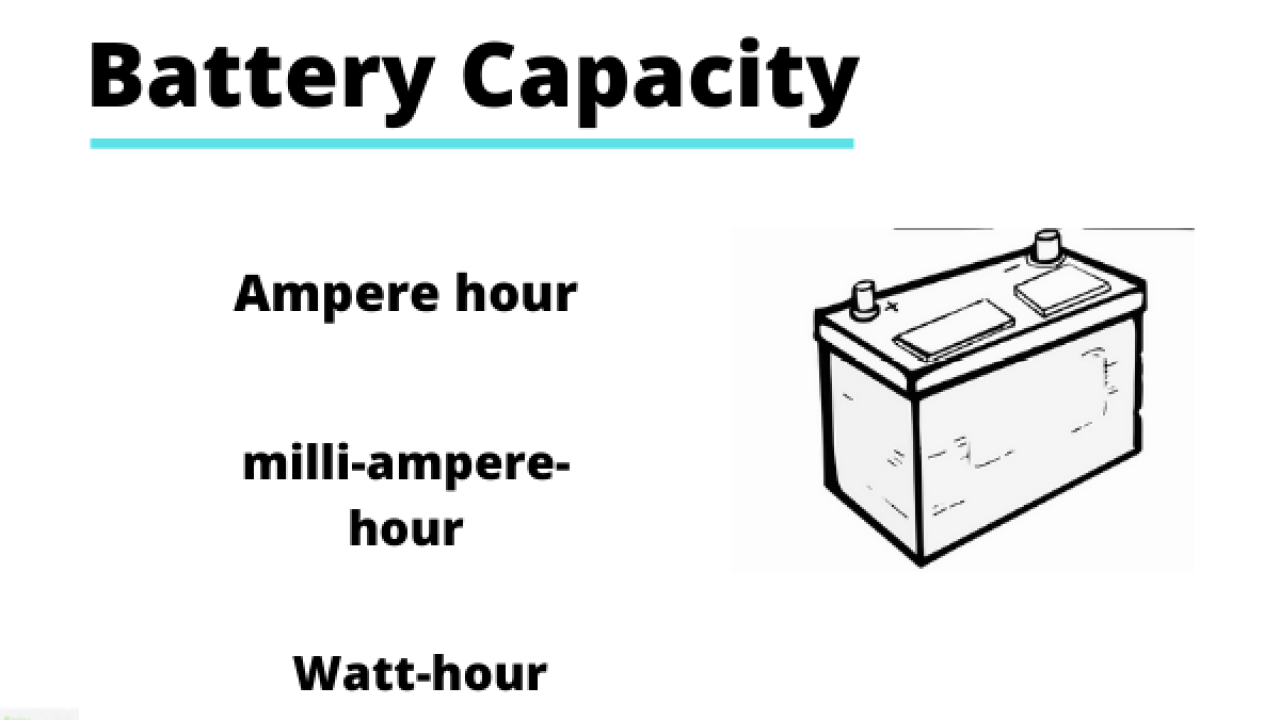
Power Storage: Can I charge lithium batteries overnight?
Yes, because lithium batteries are generally equipped with chargers that control deep charging. You don’t need to manually close the charging program.
Trend:
Lithium batteries are not only widely used in rechargeable consumer electronic devices, but will also be used in more and more applications for power storage in the future. For example, home solar systems, industrial factories, commercial facilities, RV, wind power systems, etc.
PVMars solar energy storage manufacturer, in addition to pursuing more applications for lithium batteries, is also exploring other rechargeable battery attempts.
These include all-vanadium flow batteries, zinc-bromine flow batteries, sodium polysulfide/bromine flow batteries, zinc/nickel flow batteries, etc.
Contact [email protected], and use the most advanced, safest, and most cost-effective batteries in energy storage technology with us.

